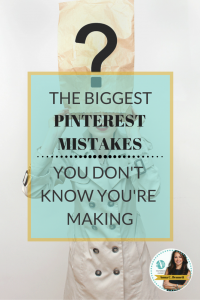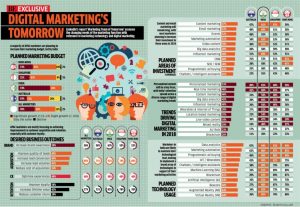Despite the survival of third-party cookies, marketing still demands a renewed focus on building meaningful consumer connections.

Consumers expect brands to understand their unique needs and deliver what they want seamlessly. What consumers don’t know is that staying connected with those needs is an uphill battle for marketers, especially in an ever-evolving digital landscape.
For years, this meant relying on third-party data, mainly cookies, as the backbone of brand connection strategies. In 2020, privacy concerns prompted Google to plan to remove cookies in Chrome with a deadline that was continually moved back, regularly sending panic waves through the marketing world.
Just last week, the roller coaster continued when Google announced that they’re keeping third-party cookies but giving users an opt-in option. The good news is that the search giant is keeping its Privacy Sandbox APIs, allowing brands to continue targeting consumers while protecting their privacy. Marketers around the world breathed a sigh of relief.
Yet, it’s time to admit that cookie data has become a crutch in our industry. It has never been the best source of consumer intel. It doesn’t provide insights into consumer needs across the journey. It’s also often the basis for disruptive marketing techniques that add little value to the consumer experience.
It’s time to discover new consumer engagement strategies that are more effective in crowded marketplaces.
Restoring core marketing fundamentals
Cookies offer a reassuring but largely misleading flow of consumer data. Cookies also encourage complacency, resulting in redundant, disruptive or misaligned campaigns.
You need to reorient your focus toward truly understanding consumer needs and being ready to deliver on those needs on the consumer’s terms. This requires more than developing an approximation of what people want with third-party data or interrupting their journey.
A cookie-free approach frees you to dig deeper into what creates consumer connections. It’s a chance to reignite the quest to better understand what attracts consumers and fosters loyalty.
How can brands seize the moment?
Build a stronger data foundation
Brands benefit most from accurate and timely data focused on what consumers need and when they need it. With this insight, offer consumers the most relevant resources no matter where they are in their unique journeys.
One way to do that is to diversify and expand your consumer data collection points, which more than makes up for the loss of customers who opt out of cookies. Various sources create more intentional, aligned and personalized marketing campaigns, even without third-party cookies.
Combine first-party data with other available data, like Google search intent, social media listening and market reports. Or go to the source: Talk to your consumers through an email campaign, review their behavior on your website or run surveys. When consumers know you’re listening and valuing their input, they’ll be more willing to provide data and insights.
Before making assumptions, let the data speak for itself and develop your consumer insights from the story it tells. Backed by data-driven insights, you can build direct, meaningful consumer relationships through helpful, perfectly relevant content. Delivering what consumers want establishes the trust that supercharges long-term conversions and revenue growth.
Unleash creativity
Remember, consumers aren’t just looking for price comparisons and checkout carts. They’re also asking questions about and seeking solutions to their problems. When that problem falls into your brand’s expertise, offer support, answer questions and point out solutions.
Some of the best marketing campaigns were built to join consumer conversations.
- How can your brand use its unique knowledge to answer a consumer question in a new and refreshing way?
- Is it a new tool or template that makes the lives of professionals easier?
- Partnering with an authority in your industry to answer user-submitted questions?
- Or what about a pop-up experience at a festival or conference?
Get creative with the ways you connect your brand with consumers instead of pigeonholing your strategies to drive the most brand equity.
Enhance consumer trust
Consumers rightfully expect respect and privacy. Your brand must establish and maintain this trust in data privacy to convert new consumers and build lasting, brand-loyal relationships. A new era of data collection and targeted campaigns that blend data sources is an opportunity to embrace and celebrate transparency and authenticity with new and existing consumers.
Examples of ways to boost consumer trust include:
- Being transparent in data usage and privacy practices.
- Providing clear opt-in and opt-out mechanisms.
- Offering value in exchange for personal data.
A future with fewer cookies encourages us to return to marketing fundamentals — truly understanding and addressing consumer needs. This foundational approach allows you to rekindle relationships with their consumers, pivot strategies into a more fruitful direction and regain or fortify trust. We should see this shift as a clear reminder of how important authentic connections with consumers are for long-term marketing success and customer retention.
The post Why your marketing strategy should still be cookie-less despite Google’s shift appeared first on MarTech.
(5)
Report Post





